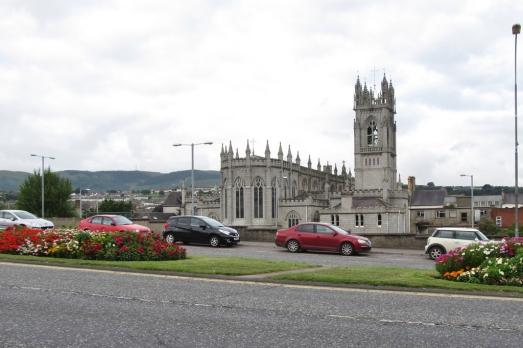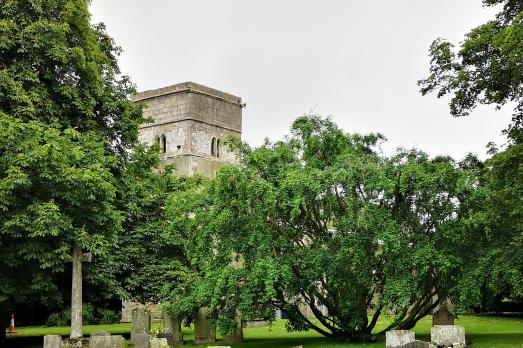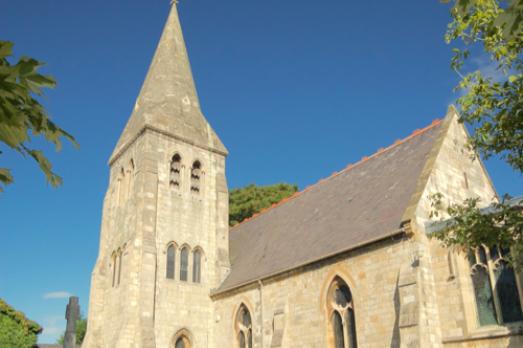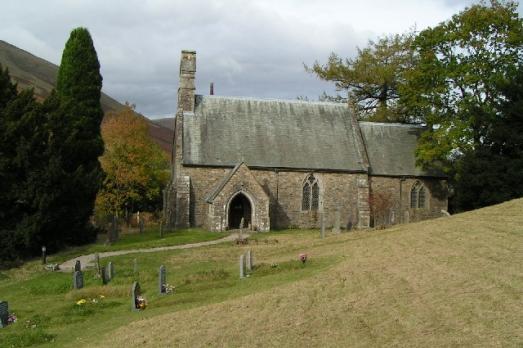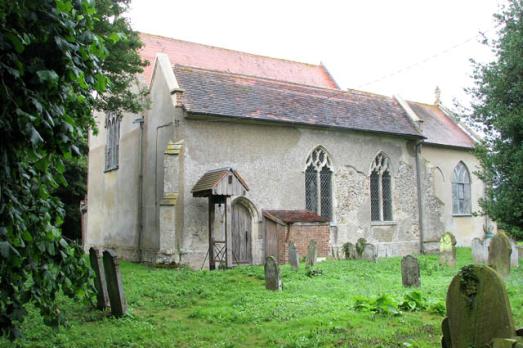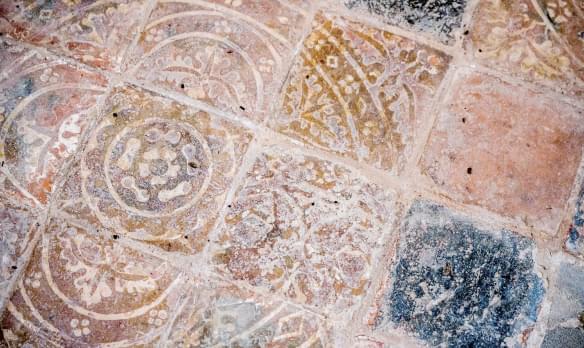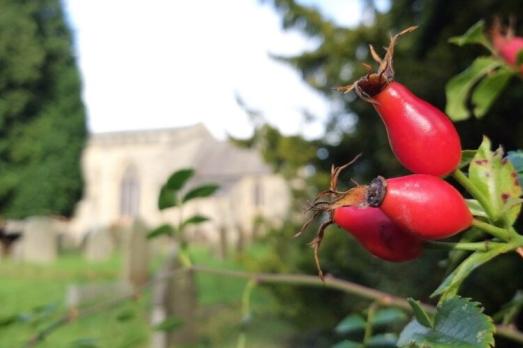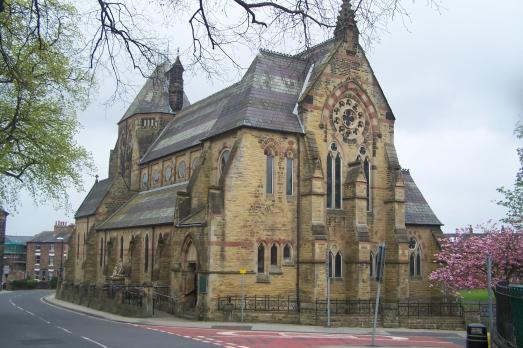
St Wilfrid
Ripon, Yorkshire | HG4 2AB
Today St Wilfrid’s is recognised as one of the finest Catholic parish churches in England with its sanctuary which was remodelled following the Second Vatican Council although the ornate reredos designed by Edward Pugin remains unaltered.
We have supported this church

